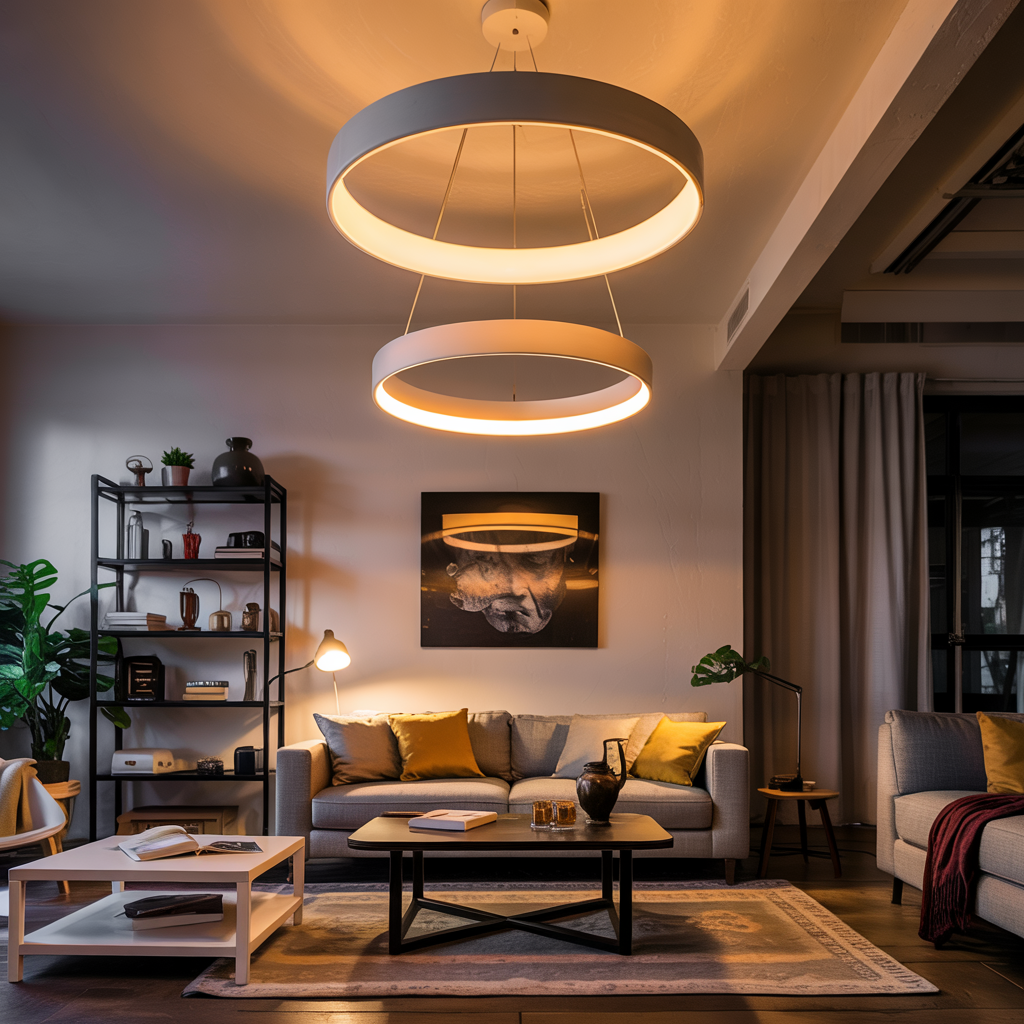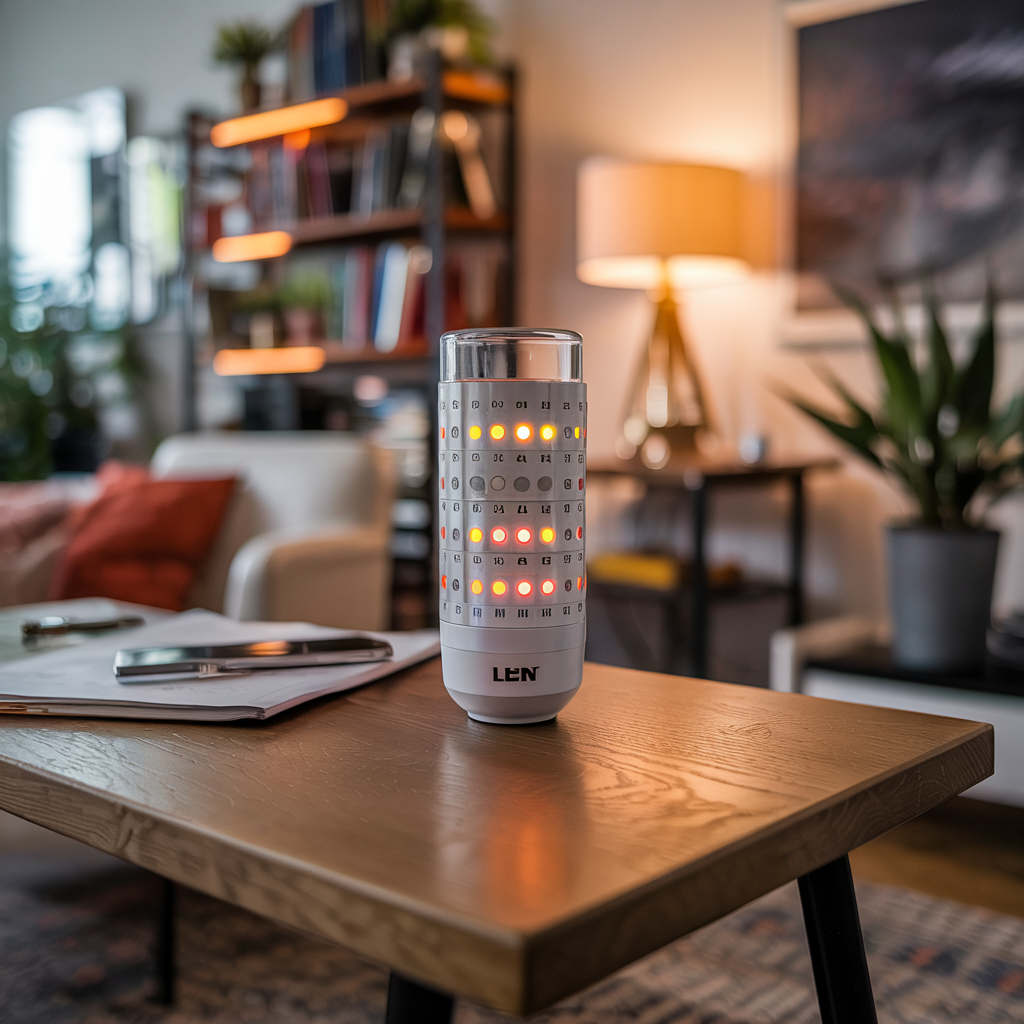Why Are My LED Lights Flickering? A Comprehensive Guide
Flickering lights can be incredibly annoying, and when those lights are LEDs, the cause can be even more perplexing. This guide dives deep into the reasons why your LED lights flickering might be happening, offering solutions for both beginners and advanced users. You’ll learn about the underlying electrical issues, potential problems with your LED fixtures,…
Flickering lights can be incredibly annoying, and when those lights are LEDs, the cause can be even more perplexing. This guide dives deep into the reasons why your LED lights flickering might be happening, offering solutions for both beginners and advanced users. You’ll learn about the underlying electrical issues, potential problems with your LED fixtures, and troubleshooting steps to resolve the issue. We’ll cover everything from simple fixes like checking your bulbs and wiring to more complex problems requiring professional assistance. Let’s shed some light on this common problem.
LED lights flickering can stem from various issues, from loose connections to more complex electrical problems. The flickering itself is often indicative of an inconsistent power supply reaching the LED. This inconsistent current causes the LED’s internal components to cycle on and off
rapidly, resulting in the visible flicker.
Common Causes of LED Lights Flickering

Loose Wiring and Connections
Loose or corroded wire connections are a frequent culprit. A poor connection interrupts the flow of electricity, leading to intermittent power and flickering. This is easily checked and often an easy fix.
Incompatible Dimmers
Not all dimmers are compatible with all LED bulbs. Using an incompatible dimmer can cause flickering, buzzing, or even premature bulb failure. Always ensure your dimmer is specifically rated for the type of LEDs you’re using.
Faulty Bulbs
Sometimes, the problem lies within the bulb itself. A defective LED bulb can exhibit flickering, dimming, or complete failure. Testing with a known good bulb is a crucial troubleshooting step.
Overheating
Excessive heat can damage the internal components of an LED bulb, potentially causing flickering. This is more common in enclosed fixtures or those in poorly ventilated areas.
High Voltage Fluctuations
Power surges or drops in voltage can also trigger flickering. These fluctuations are less common but can impact multiple lights in your home. A surge protector might help mitigate this.
Read More: Top 20 Contemporary Bedroom Lighting Ideas & Hacks For You
Troubleshooting LED Light Flickering

Visual Inspection of Wiring and Connections
Begin by carefully examining the wiring and connections associated with the flickering light. Look for loose wires, damaged insulation, or corrosion. Tightening loose connections or replacing damaged wiring can often resolve the issue.
Testing with Different Bulbs
Swap the flickering bulb with a known good bulb. If the flickering persists, the problem likely lies elsewhere in the wiring or fixture. If the flickering stops, you’ve identified a faulty bulb.
Checking the Dimmer Switch
If you’re using a dimmer switch, ensure it’s compatible with the type of LEDs you’re using. Check the manufacturer’s specifications for both the dimmer and the LED bulbs.
Assessing the Fixture
Inspect the fixture itself for any damage or obstructions that might restrict airflow and cause overheating. Ensure adequate ventilation to prevent excessive heat buildup.
Read More: Bedroom Wall Lighting Ideas: 16 Inspiring Ways to Elevate Your Space
Advanced Troubleshooting Techniques

Using a Multimeter to Check Voltage
A multimeter can accurately measure the voltage reaching the LED fixture. This helps to identify voltage fluctuations or inconsistencies that may be causing the flickering.
Checking for Grounding Issues
A faulty ground connection can lead to a variety of electrical problems, including flickering lights. Ensure your electrical system is properly grounded.
Investigating Power Supply Issues
If multiple lights are flickering, the problem might stem from your home’s power supply. Check for tripped breakers, damaged wiring in your electrical panel, or issues with the incoming power line.
Preventing Future LED Light Flickering
Choosing Compatible Bulbs and Dimmers
Always select LED bulbs and dimmer switches that are specifically designed to work together. Check the manufacturer’s specifications to ensure compatibility.
Proper Installation Techniques
Ensure proper wiring and secure connections during the installation of new LED bulbs and fixtures. Avoid overloading circuits and maintain adequate ventilation.
Regular Maintenance
Periodically inspect your lighting fixtures and wiring for any signs of damage or wear. Replacing damaged components early can prevent more serious issues.
The Role of Electrical Codes and Safety
Understanding Electrical Codes
Compliance with local electrical codes is crucial for ensuring the safety and proper functioning of your electrical system. Consult with a qualified electrician if you’re unsure about any aspects of your electrical work.
Safety Precautions When Working with Electricity
Always turn off the power at the breaker box before working on any electrical components. Never work with electricity if you’re not comfortable or familiar with the risks.
LED Light Flickering vs. Other Lighting Issues
Comparing LED Flickering to Incandescent or Fluorescent Flickering
LED flickering often has different causes and solutions compared to incandescent or fluorescent light flickering. The diagnostic approach needs to be adapted accordingly.
Differentiating between Flickering and Dimming
While both flickering and dimming indicate a problem, they have distinct characteristics and causes. Understanding the difference helps to pinpoint the root issue more effectively.
Frequently Asked Questions
What are the most common causes of LED light flickering?
The most common causes include loose wiring, incompatible dimmers, faulty bulbs, overheating, and voltage fluctuations. Addressing these issues usually resolves the problem.
Can a faulty dimmer switch cause LED lights to flicker?
Yes, using a dimmer switch incompatible with LEDs is a major cause of flickering. Always check compatibility before installation.
How can I test if a bulb is faulty?
Replace the suspected faulty bulb with a known good bulb. If the flickering stops, you’ve identified the problem.
What should I do if multiple lights in my house are flickering?
This usually suggests a problem with your home’s power supply. Check your breaker box and consider calling a qualified electrician.
Are there any safety risks associated with LED light flickering?
While often not directly dangerous, persistent flickering can indicate underlying electrical issues that might pose a fire risk. It’s important to address the problem promptly.
Can I fix LED light flickering myself?
For simple issues like loose connections, you can likely fix it yourself. However, more complex problems should be addressed by a qualified electrician.
How can I prevent LED light flickering in the future?
Choosing compatible bulbs and dimmers, ensuring proper installation, and performing regular maintenance significantly reduces the risk.
Final Thoughts
LED light flickering can be a frustrating but often solvable problem. By systematically investigating the possible causes, from loose connections to incompatible dimmers and faulty bulbs, you can pinpoint the source of the issue. Remember to prioritize safety—always turn off the power before working on electrical components. If you’re unsure about any aspect of electrical work, consult a qualified electrician. Addressing flickering lights promptly prevents further damage and ensures the safe and efficient operation of your lighting system. Don’t let those annoying flickers ruin your mood; take control and restore the steady, reliable illumination you deserve!

